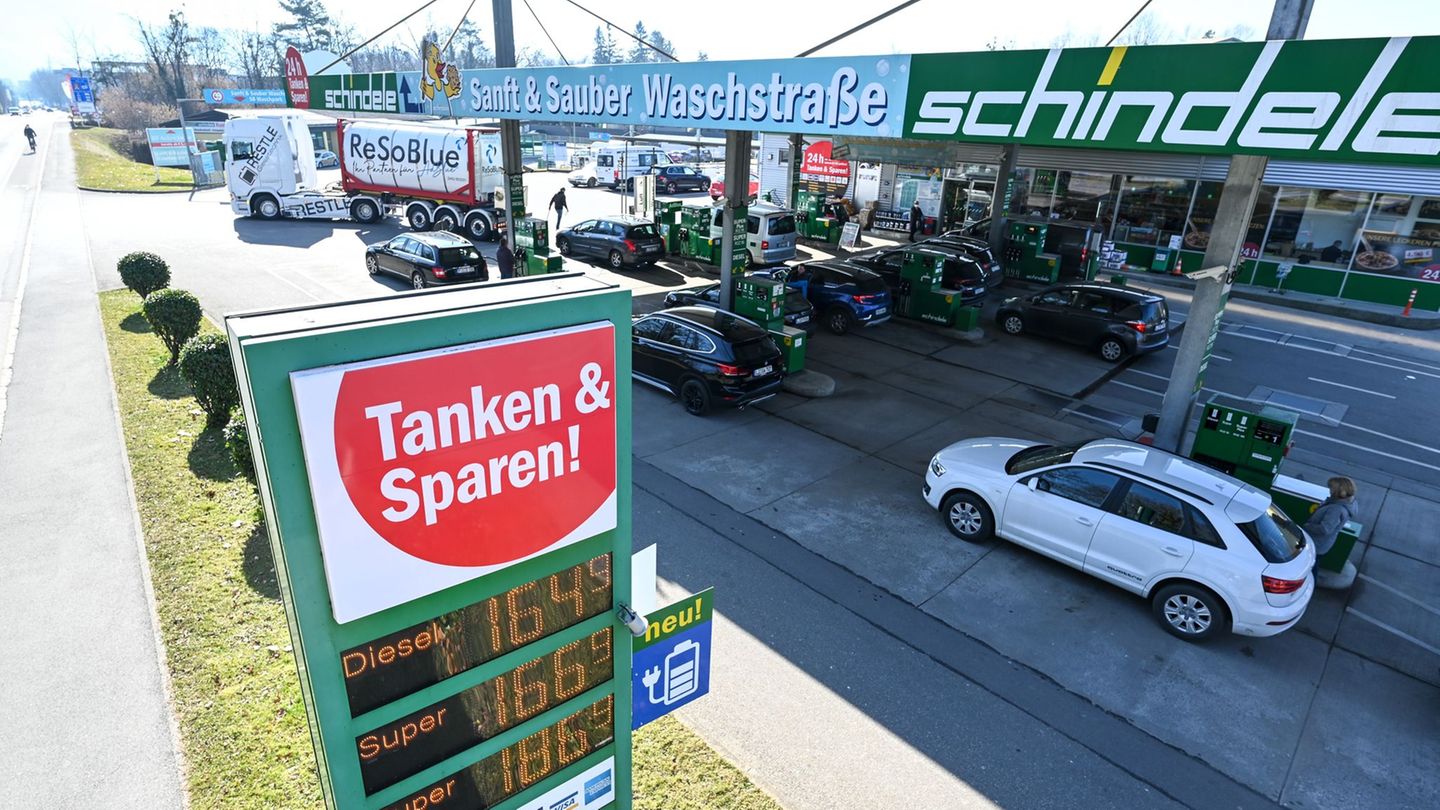Business Institute
German economy leaves valley sole – reforms required
Copy the current link
Add to the memorial list
According to the leading business institutes, the German economy will come from the weak phase in the next few years. In order for this to last, the government has to do more.
The German economy will slowly get going again next year from a leading research institute. However, growth is mainly driven by state billion dollar investments in order to bring the partly dilapidated infrastructure in particular.
However, the economy is still on “shaky legs,” said Geraldine Dany-Kmedlik, economic expert at the German Institute for Economic Research, in Berlin. The institutes are calling on the federal government to fundamental structural reforms – otherwise the economic dynamics are not permanent. The experts see reform needs, especially among the social systems.
Only mini growth for the German economy this year
In the current year, the institutes expect only an increase in gross domestic product (GDP) of 0.2 percent. An increase of 0.1 percent was expected in spring. The German economy has been in an economy low for a long time. Economic performance has shrunk in the past two years. Above all, higher tariffs on EU imports brake the trade on the important US market. The Foreign Trade Association BGA predicted an export minus of 2.5 percent for 2025. Many important industries such as the car and steel industry are in trouble. Private consumption in Germany is also not going.
From 2026 it is slowly going uphill again
The institutes expect the German economy to leave the valley sole behind and gain somewhat dynamics in the next two years. As in spring, GDP growth of 1.3 percent is expected for 2026. In 2027, the experts predict an increase of 1.4 percent. An “expansive financial policy” is likely to push the economy.
What is meant is the 500 billion euros in special funds financed with debt for additional investments in the infrastructure and climate protection, which has a term of twelve years. It is about the renovation of brass bridges, railway lines and schools, but also more money for daycare centers or better digitization. In order for the funds to flow quickly, planning and approval procedures should be accelerated. According to the institutes, the inland economy is noticeable.
Structural problems
The research institutes warn that growth, which was primarily driven by state investments, covers the structural problems of Germany, which have failed to do so far. The medium and long-term growth perspectives threatened to worsen. Above all, the foreign demand for German goods. “High high energy and wage costs in an international comparison, shortage of skilled workers and further decreasing competitiveness continue to slow the long-term growth prospects.”
Business associations have long seen homemade problems. Above all, bureaucratic hurdles, high energy costs and a lack of digital infrastructure slow down investments by German companies. There are also increasing social security contributions and a lack of specialists.
Chancellor Friedrich Merz (CDU) said on Wednesday evening at an event of the Chemical Industry Association in Berlin: “It is not five to twelve, it is a minute after twelve.” The location of Germany is too expensive and too slow. Competitors, especially in the USA and Asia, could produce significantly cheaper conditions than in Germany.
12-point plan for reforms
The business institutes are calling for basic reforms. This includes that “national solutions” should be avoided in climate protection policy, for example, in order not to burden German companies. In domestic policy, the institutes urge the social security contributions to stabilize, for example in statutory health insurance. In the statutory pension insurance, the affiliation system is increasingly under pressure due to the low birth rate and increasing life expectancy. The existing pensions should therefore increase more slowly than the “nominal wages”.
The institutes continue to propose to strengthen work incentives for older people-the black and red coalition has corresponding plans. During the energy transition, more should be set to price signals. Economic and Energy Minister Katherina Reiche (CDU) has submitted suggestions to reduce the costs. The public administration must become more digital, the institutes continued. With a view to billions of gaps in the federal budget in 2027, they speak out against tax increases – but for a reduction in “consumer” government spending.
“Autumn of Reforms”
Merz has announced an “autumn of reforms” with a view to the social systems and increasing expenditure. This is how the citizens’ allowance should be reformed. On the one hand, the goal is savings. On the other hand, it is about more people being integrated into the labor market. It is open whether and when there are fundamental reforms, for example in pension or care. The government has deployed various commission. Within the black and red coalition, conflicts could lead to how deep the cuts in the welfare state should become.
In August, the number of unemployed in Germany rose to more than three million people for the first time in more than ten years. According to the institutes, the situation on the labor market is likely to improve significantly in the course of the economic revival. In the next two years, an employment structure can be expected, which, together with rising real, is likely to support the consumption of private households and consumer service areas.
The so-called joint diagnosis is created by the German Institute for Economic Research, the IFO Institute, the Kiel Institute for the World Economy, the Leibniz Institute for Economic Research Halle and the RWI-Leibniz Institute for Economic Research Essen.
Dpa
RW / Katharina Kausche / Andreas Hoenig
Source: Stern






